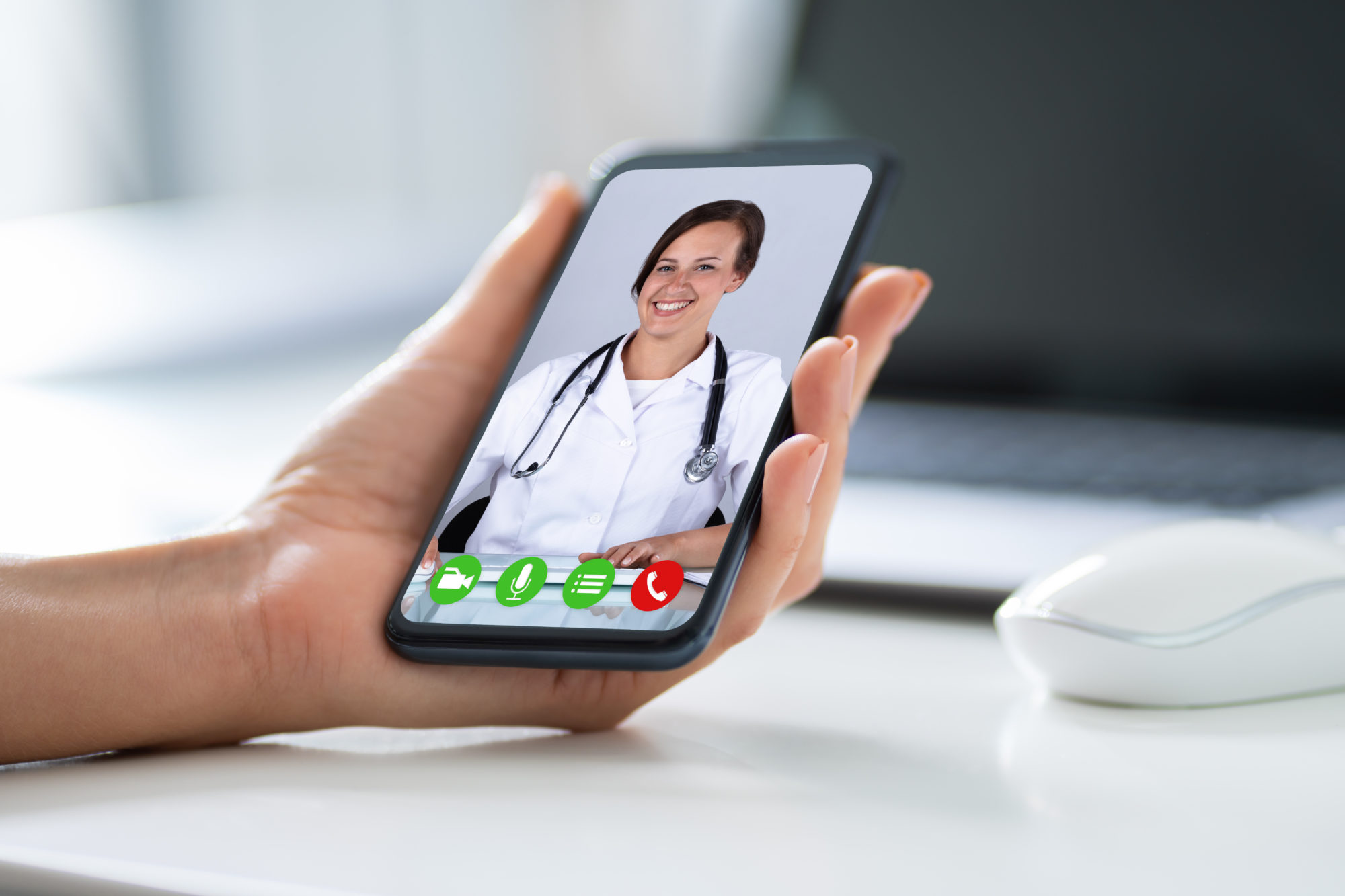Nox Medical’s satellite symposium at the AASM 2020 SLEEP Meeting and the ESRS Virtual Congress featured a compelling session by Prof. Dr. Christoph Schöbel, MD discussing how technologies like apps, e- and m-Health can be used to diagnose sleep disordered breathing and support the long-term management of other chronic diseases.
In 2020, Dr. Schöbel’s home country of Germany became the first country in the world to begin prescribing apps as medical treatments, thanks to the Digital Supply Act which passed in November 2019. The act not only validates the potential for health apps as accessible and effective medical treatments, it also set a new global standard for integrating digital medicine into everyday healthcare.
Current Challenges in Sleep Medicine
To fully appreciate the impact of this healthcare shift, it is important to understand the current challenges facing the field of sleep medicine. Dr. Schöbel cited a recent survey by a German health insurance company, which found that 80% of those surveyed complained of poor sleep, as well as data confirming that sleep disordered breathing, specifically, is extremely prevalent all over the world. According to Dr. Schöbel, the ubiquity of sleep issues creates a supply and demand problem.
“There are only a few sleep medicine practitioners compared to the high number of potential patients,” Dr. Schöbel said. “This supply deficit is not only evident in Germany, but worldwide. In this scenario, digital tools may help us.”
Tech Integration Brings Opportunities
As discussed in Dr. Jeffrey Durmer’s SLEEP conference, digital tools and telehealth solutions can help scale sleep health care to treat large patient populations. In addition to enabling doctor-patient video consultations, technology advancements have allowed for the evolution of PAP devices and home-based sensors, improving the management of patients with chronic diseases like heart failure.
Regarding telemedicine and sleep disordered breathing, studies have shown that tele-management could lead to significantly improved compliance rates and lower termination rates over time. By adding digital engagement tools like apps, patients can participate in their therapy, leading to even higher adherence rates.
Merging Digital Medicine with Clinical Data
“Even if there are currently many apps, as well as e- and m-health devices on the market that allow our sleep to be tracked every night, very few of them are certified as medical products,” Dr. Schöbel said. “This means we cannot rely on whether they are really measuring what they claim to measure. Thus, we cannot use most of the data clinically.”
However, as more of these tools are validated as medical devices, they will be able to better support sleep health professionals in their medical decisions. According to Dr. Schöbel, sleep apps have tremendous potential to solve the global sleep pandemic due to their widespread accessibility.
The Future of Sleep Lab Medicine
Beyond apps, home sleep tests and out-of center testing are helping to bridge the gap between accessibility and clinical accuracy.
As all sleep medicine providers know, it is nearly impossible to mimic a patient’s natural sleep environment in a sleep lab. Smart sensors, like the Nox T3s, enable at-home monitoring of breathing and body movement with minimal contact and minimal disruption of the natural sleep environment. Nox Medical’s new Nox BodySleep algorithm, used with the Nox T3s, can estimate sleep states automatically using a range of parameters derived from respiratory belts.
During the symposium at ESRS, Dr. Schöbel presented a study by his team that shows a strong correlation between the results of the Nox BodySleep algorithm and manually scored total sleep time based on PSG recordings, as well as a strong correlation between the algorithm’s estimated AHI values and manually scored values based on PSG.
As the industry moves toward machine learning and cloud-based solutions, there is potential to establish new patient pathways enabling doctors to not only evaluate the findings remotely but also to communicate them to the patients or discuss them remotely with co-treating doctors, thus reducing workload and preventing multiple diagnostics. By adding machine learning algorithms, the diagnostic pathway for SDB could even be more simplified in the future, offering easier and more cost-effective access to care.
Click below to watch Dr. Schöbel’s full presentation at the virtual ESRS Congress on how apps, e- and m-Health are changing how we diagnose and treat sleep and other comorbidities. His presentation at SLEEP Meeting can be found here
Topic: Industry News





